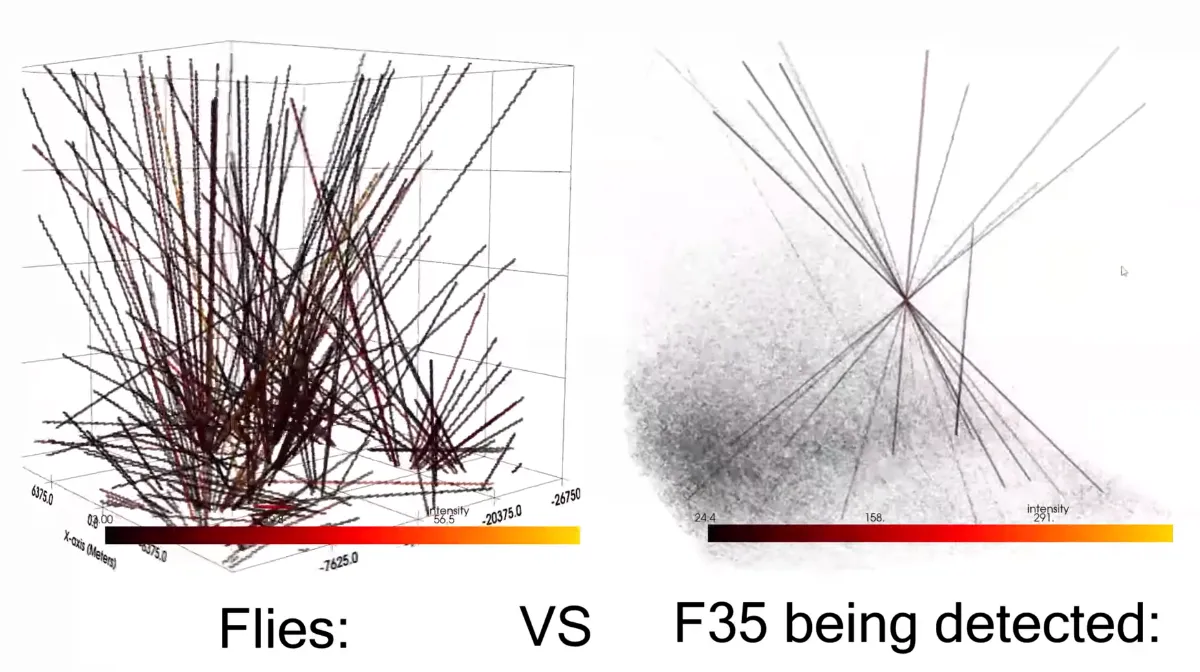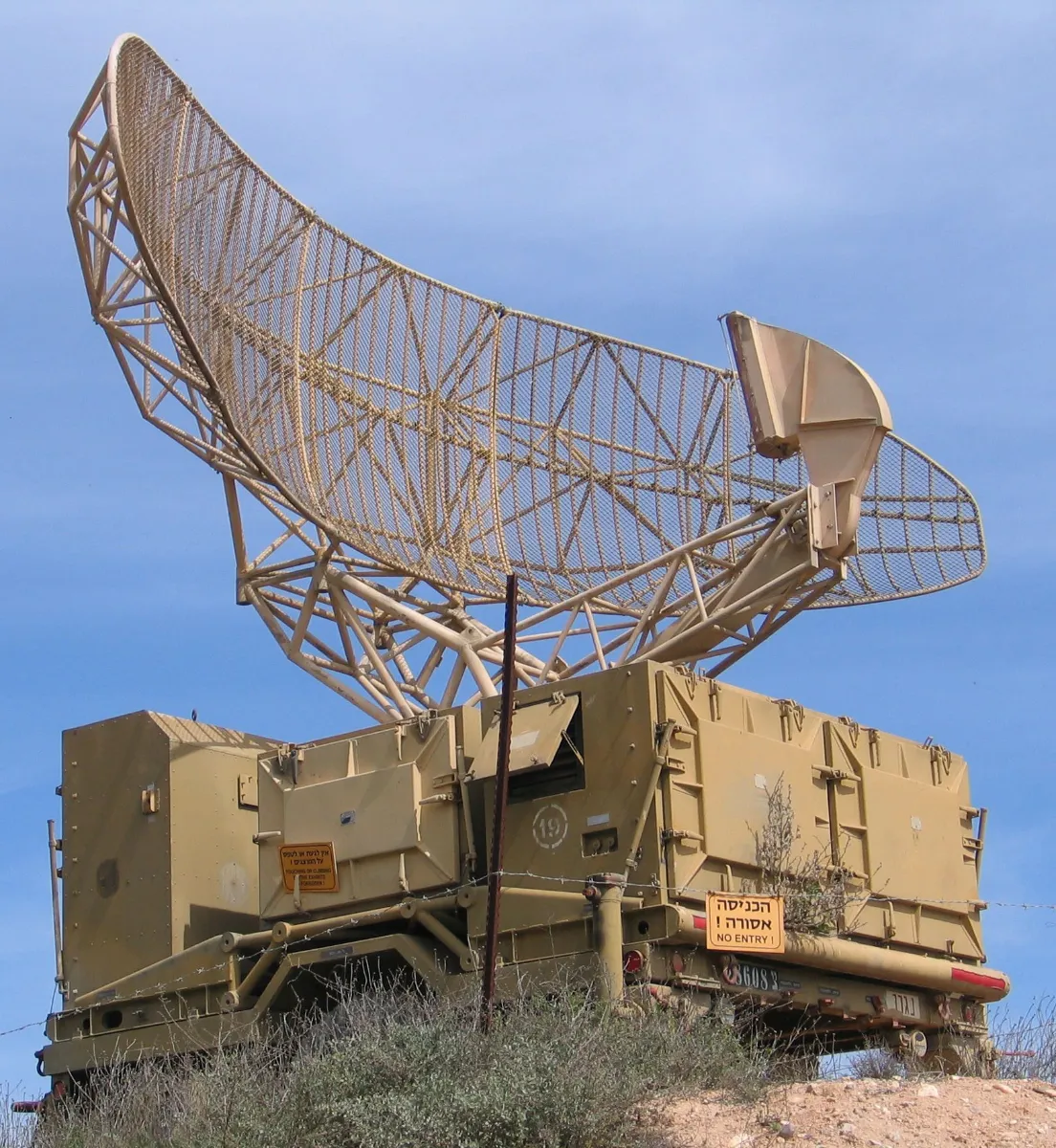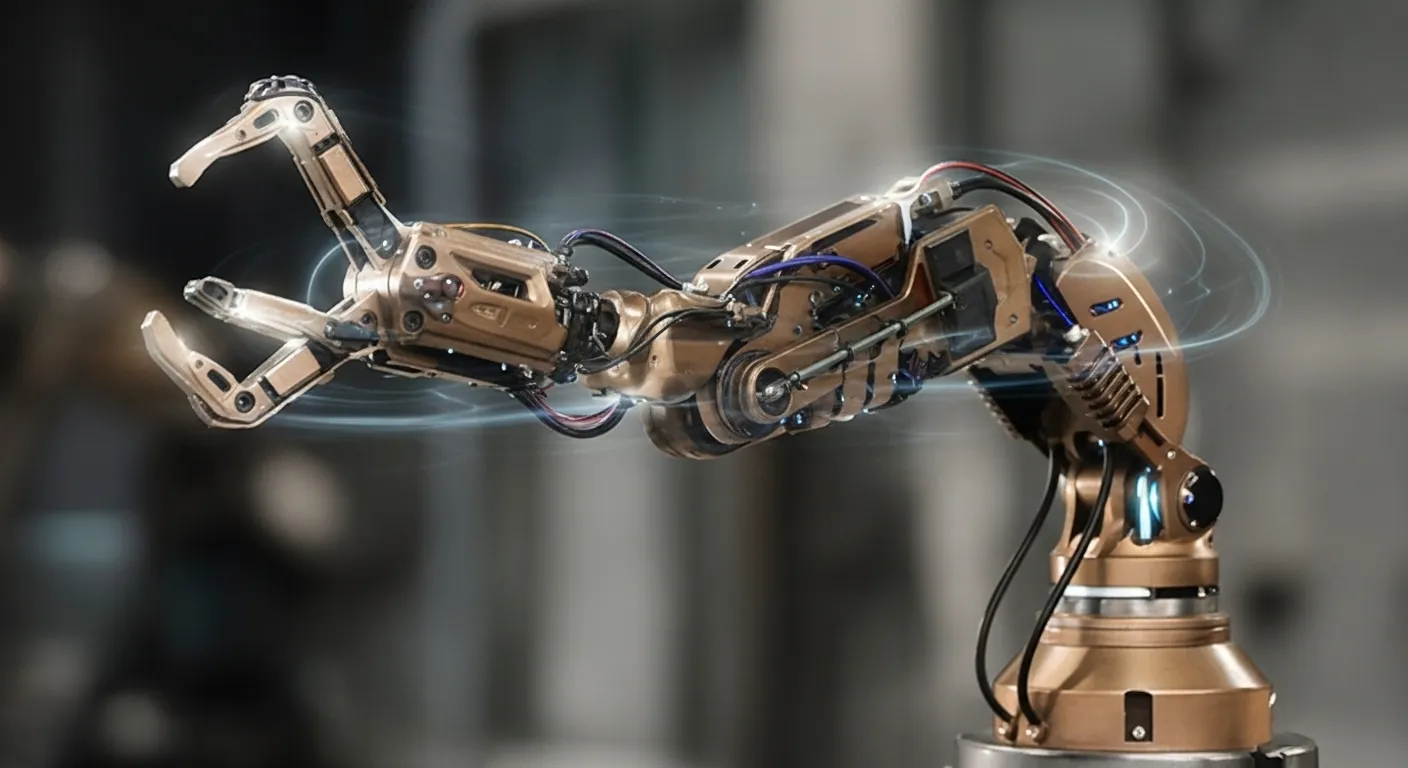- A new technology called "pixel motion voxel projection" can detect and track objects in 3D space using a network of cheap cameras.
- It works by detecting the motion of objects in a sequence of images and projecting that motion into a 3D grid of voxels from multiple angles.
- This method is potentially thousands of times cheaper than current radar systems used for detecting stealth aircraft.
- Besides military applications, it can be used for airport safety (bird tracking), medical imaging, asteroid detection, and tracking space junk.
- AI and Machine Learning can further enhance this technology through deep learning for noise reduction, supervised learning for object classification, and recurrent neural networks for predictive tracking.
So, You Think You're Stealthy? This New Tech Says "Hold My Beer"
Alright, gather 'round folks, because today we're diving into something that sounds like it's straight out of a sci-fi blockbuster, but is actually being cooked up in the real world. We're talking about a technology that could potentially make hiding, whether you're a multi-billion dollar stealth fighter or a pesky drone, a thing of the past. And the best part? It might be ridiculously cheap to do so.
So, grab your popcorn, and let's get into the nitty-gritty of this potentially game-changing tech.
How Does This "Pixel Motion Voxel Projection" Sorcery Work?
The technology, dubbed "pixel motion voxel projection," is a mouthful, I know. But the concept behind it is surprisingly simple and elegant. Instead of using powerful and expensive radar systems to find things, this method uses a network of cheap cameras and some clever math.
Here’s the breakdown in plain English:
- Spot the Difference: Imagine you have a camera pointed at a clear blue sky. Now, a tiny, fast-moving object, let's say a stealth aircraft, zips by. It's so far away that it's just a one-pixel dot. A traditional camera system would likely dismiss this as noise. But this new tech is smarter. It takes a series of pictures in quick succession and compares them. By subtracting the images from each other, it cancels out everything that is static, like the sky, and is left with only what has moved. In this case, our one-pixel dot of a stealth fighter.
- From 2D to 3D: Now, here's where the magic happens. The system knows the position of each camera and where it's pointing. When a camera detects that one-pixel "movement," it doesn't try to figure out what the object is. Instead, it projects a straight line from that pixel out into a 3D grid of tiny cubes called voxels. Think of it as a digital 3D space. The system "paints" every voxel that this line passes through with the motion information from the pixel.
- The Power of Teamwork: One camera doing this isn't very useful. A single line in a vast 3D space doesn't tell you much. But what if you have hundreds, or even thousands, of cheap cameras, all looking at the same patch of sky from different angles? Now, when our stealth fighter flies through, all these cameras will detect its movement and project their own lines into the voxel grid.
And what do you think happens? All those lines, from all those different cameras, will intersect at one specific point in the 3D grid – the exact location of the moving object. It's like a digital "X" marks the spot. Any random noise, like birds or insects, will also create lines, but these are statistically unlikely to all intersect at the same point from multiple camera angles. So, the system can easily filter them out.

This is the genius of the system. It doesn't need to see the object clearly. It just needs to see a tiny flicker of movement from multiple perspectives to pinpoint its exact location in 3D space.
The Staggering Cost of Current Radar Tech
To truly appreciate the potential of this new tech, we need to understand what we're currently working with. Radar, especially the kind designed to detect stealth aircraft, is eye-wateringly expensive.
We're talking about systems like the AN/SPY-6, the US Navy's latest air and missile defense radar. A single one of these can cost upwards of $50 million. And you need a lot of them to cover a large area. Ground-based systems, like the Long Range Discrimination Radar (LRDR), can have a price tag of over $750 million.

These systems are not only expensive to build and install, but also to maintain and operate. They are massive, require a lot of power, and have a large physical and electronic footprint, making them prime targets in a conflict.
The "Bargain Bin" Approach to National Security
Now, let's compare that to the proposed "pixel motion voxel projection" system. The video claims that you could detect any F-35 stealth fighter over the entire United States, from over 100 kilometers away, for the cost of a "few hundred million dollars." That might still sound like a lot, but in the world of military hardware, that's a bargain. We're talking about covering a continent for the price of a handful of traditional radar systems.
For smaller-scale applications, like detecting drones around an airport, the cost is even more trivial. A few cheap webcams, some off-the-shelf computing hardware, and the right software could do the job for a fraction of the cost of current drone detection systems.
More Than Just a Fighter Jet Spotter
The applications for this technology go far beyond the military. Here are a few other areas where it could be a game-changer:
- Airport Safety: It could be used to track birds near airports with incredible precision, helping to prevent bird strikes, which are a serious and costly problem for aviation.
- Medical Imaging: The same principles could be applied to medical imaging, like CT scans and cryo-electron microscopy. By taking multiple images from different angles and looking for tiny changes, it could help to create much sharper, clearer images of our insides, with less noise.
- Asteroid Detection: Point this system at the night sky, and you have a powerful tool for detecting asteroids. Even small, dim asteroids that are hard to spot with traditional telescopes would be picked up by their movement against the backdrop of stars. The video even cheekily suggests it could make finding the hypothetical Planet 9 "trivial."
- Space Junk Tracking: The ever-growing cloud of space debris is a major threat to satellites and future space missions. This technology could be used to create a real-time, 3D map of space junk, allowing us to track and avoid it.
Enter the AI Overlords: Making a Smart System Even Smarter
This is where things get really exciting, especially for a tech geek like me. The "pixel motion voxel projection" system is already incredibly clever, but by adding a sprinkle of Artificial Intelligence (AI) and Machine Learning (ML), we can take it to a whole new level.
Here's how:
- Noise Reduction and Signal Enhancement with Deep Learning: At its core, this system is about finding a signal (the moving object) in a sea of noise (everything else). Deep Learning models, specifically Convolutional Neural Networks (CNNs) and Autoencoders, are masters at this. We could train a neural network on vast amounts of sensor data to learn what is "normal" and what is an "anomaly." This would allow the system to be even more effective at filtering out noise and picking up on even the faintest signals.
- Object Classification with Supervised Learning: Right now, the system can tell you where something is, but not what it is. This is where supervised machine learning comes in. By feeding a model with labeled data – this is a bird, this is a drone, this is an F-35 – we can train it to not only detect an object but also to classify it. The model could learn to recognize the unique motion patterns, speed, and trajectory of different objects. Imagine a system that not only detects an object but also tells you, "Hey, that's a flock of geese, not a swarm of enemy drones."
- Predictive Tracking with Recurrent Neural Networks (RNNs): Once we've detected and classified an object, the next step is to predict where it's going. Recurrent Neural Networks (RNNs), and their more advanced cousins, Long Short-Term Memory (LSTM) networks, are perfect for this. They are designed to work with sequential data, like the flight path of an object. By analyzing an object's trajectory, the AI could predict its future path with a high degree of accuracy. This would be invaluable for everything from air traffic control to missile defense.
- Sensor Fusion with Unsupervised Learning: This system works best with lots of cameras, but what if we could add other types of sensors into the mix? We could combine the data from visual cameras, thermal cameras, and even passive radar receivers. Unsupervised learning algorithms, like clustering algorithms, could be used to find patterns and correlations in this multi-modal data, creating a much richer and more detailed picture of the environment. This is a concept known as sensor fusion, and it's a hot area of research in AI.
By integrating these AI and ML techniques, we could transform this already impressive detection system into a truly intelligent and autonomous surveillance network.
The Final Takeaway
"Pixel motion voxel projection" is a fascinating and potentially disruptive technology. It's a prime example of how clever software and a "more is more" approach to cheap hardware can outperform traditional, monolithic, and expensive systems.
While it's still in the experimental stages, the potential is undeniable. And with the added power of AI and Machine Learning, we could be looking at a future where nothing can truly hide. So, if you're planning on building your own stealth drone in your garage, you might want to hurry up. Your days of flying under the radar might be numbered.
Interested to try this out yourself? The original developer for this technology can be found on his Github: https://github.com/ConsistentlyInconsistentYT/Pixeltovoxelprojector




